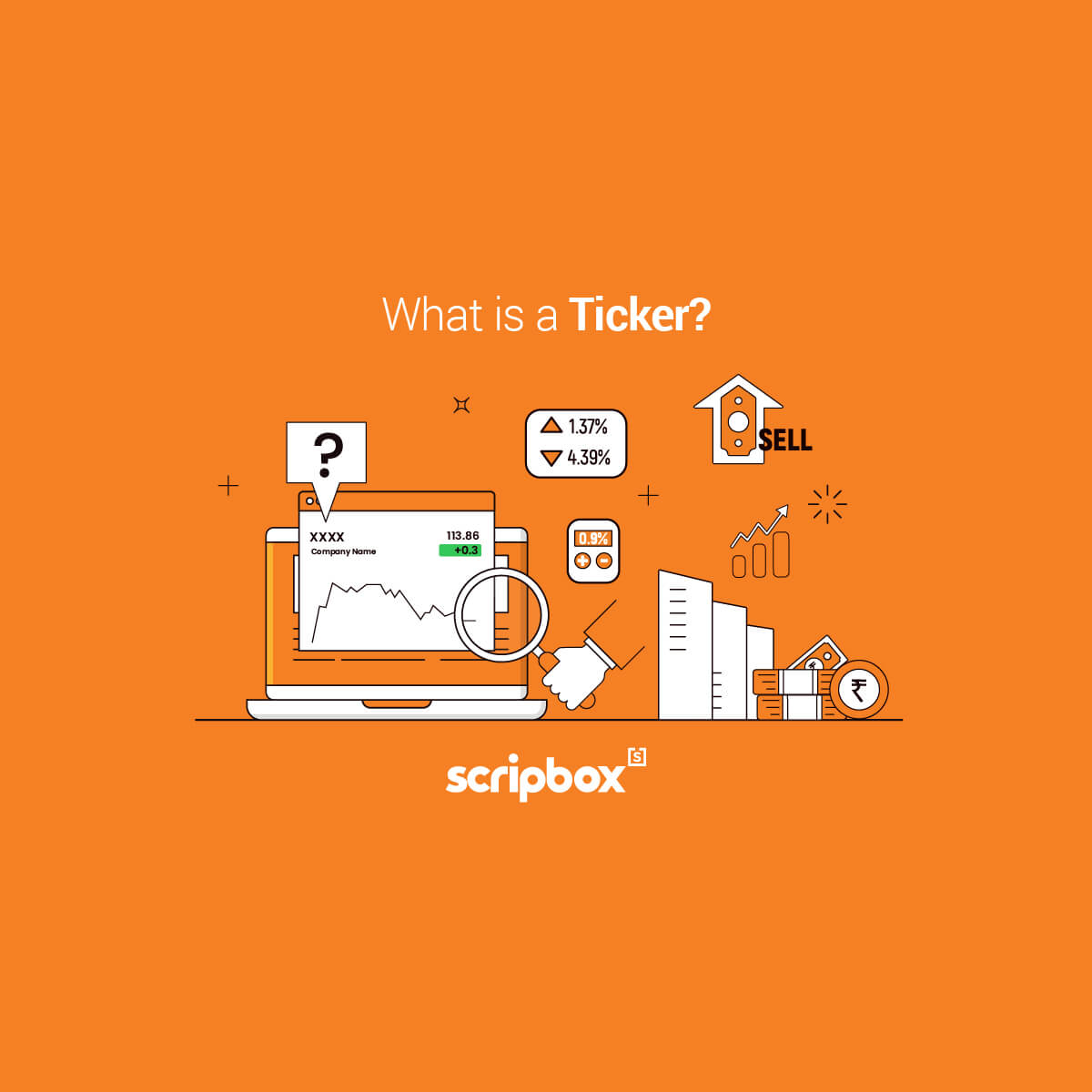
Direct Equity Investment
The term direct equity refers to investment in the stock market directly. To directly invest in the stock market, you need a demat and trading account. This account allows investors to buy shares/stock of the company directly from the stock...

What is Capital Market?
A capital market is a financial market where long-term debt or equity-backed securities are bought and sold. Suppliers are people/organisations with the capital to lend or invest. Banks and investors are common examples. Securities Exchange Board of India (SEBI) governs...

Call Option
What is a Call Option? A call option (CE) is a derivative contract where the buyer has the right but not an obligation to purchase the underlying asset at a predetermined price within a specific expiration date. The underlying asset...

What is Bonus Share?
Meaning of Bonus Share Bonus Shares are the shares where the company issues additional number of shares to the existing shareholders of the company without incurring any additional cost. These are the company's cumulative earnings that company converts into free...

What is Arbitrage? & Its Types
What is Arbitrage? Arbitrage is the practice of buying an asset in one market and simultaneously selling it in another, but at a higher price. As a result, the transitory difference in share price benefits the traders.Stocks, commodities, and currencies...
Practical Insights For Wealth Creation
Our weekly finance newsletter with insights you can use
Your privacy is important to us

What is a Ticker?
While investing in the US stock market, investors must know one of the important aspects of the ticker symbol. Every stock or security name has a certain number or letters along with it. This is the stock ticker symbol. What...

Futures and Options (F&O)
Futures and options are derivatives that are traded on the stock exchange and derive their price from the underlying asset. Hedgers, speculators, and arbitrageurs use these contracts to make profits or hedge the risk with the underlying asset. A futures...

Value Stocks
Value stocks are underpriced stocks and the investment strategy of investing in value stocks is known as value investing. The concept of value investing was introduced in 1928 by Benjamin Graham and David Dodd. What Are Value Stocks? The 'Value'...








